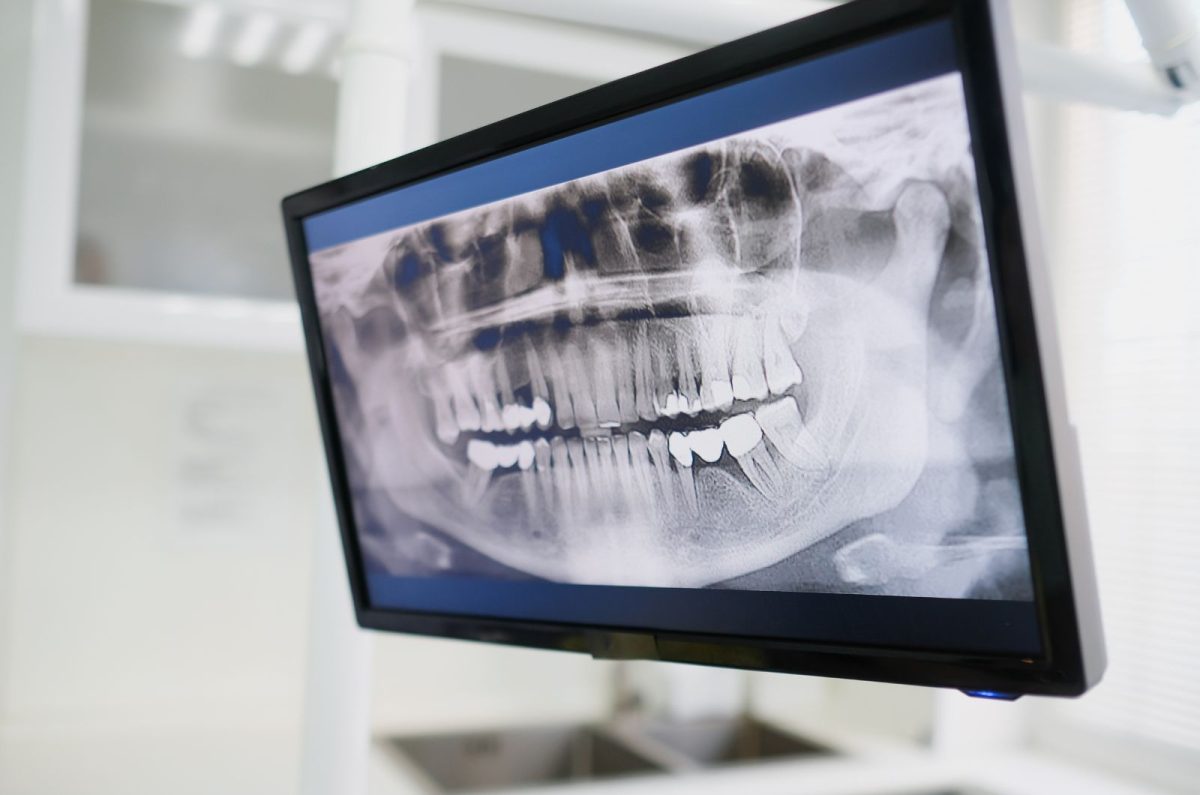There is an unmistakable allure in a beautifully crafted smile, achieved through the diligence and expertise of proficient dentistry. But have you ever pondered the true marvel behind this successful dental transformation?
In the realm of implant dentistry, meticulous planning and state-of-the-art technology lay the bedrock for this enchanting outcome. Among the crafters' arsenal, the use of Cone Beam Computed Tomography (CBCT) imagery and 3D digital data diagnostic tools paint a vivid, detailed image of the curious landscape within the patient's mouth. The mystery that once veiled implant success is slowly disseminating, pointing us towards the intriguing domain of implant dentistry planning.
The Power of CBCT Imager and 3D Digital Data Diagnostic Tools
In c, accuracy is the linchpin of success. A critical tool aiding in this precision is the Cone Beam Computed Tomography (CBCT) imager. This cutting-edge technology offers an unparalleled view of the patient's mouth, providing detailed and high-resolution 3D data of the jawbone.
By offering an intricate view of oral and maxillofacial structures, CBCT imaging revolutionizes treatment planning. From assessing bone volume and sinus location to determining nerve paths, this high-tech tool is invaluable for precise implant planning.
In addition to this, the 3D digital data diagnostic tools complement CBCT imaging by delivering an array of critical information. With these tools, dentists can view a virtual simulation of the final result prior to the actual procedure. Such technological prowess, crucial for successful implant dentistry, is what sets the team of experts at Facial Imaging Mobile at the forefront of this burgeoning field.
Achieving Prosthetic-Driven Implant Planning for Optimal Results
The use of 3D digital data, coupled with the principles of prosthetic-driven implant planning, empowers dental professionals to achieve successful results that consistently meet or exceed patients' expectations. This approach embraces the concept that treatment planning should always be guided by end goals – the desired result from a functional and esthetic perspective.
The Principle of Prosthetic-Driven Implant Planning
Prosthetic-driven implant planning is the practice of planning the implant position based on the eventual prosthetic requirements. This could include considerations like the ideal position of the implant for maximum comfort and functionality, the angulation that best matches the patient's natural adjustments, and the overall aesthetics in relation to the patient’s facial symmetry.
Advancements in Implant Planning
Advanced 3D imaging technology, like CBCT scans, plays an integral role in this process by providing clear, detailed images of the patient's anatomy. Coupled with computer-aided design and computer-aided manufacturing (CAD/CAM), this imaging innovation allows dentists to visualize the end result before surgery begins. It allows them to take into account critical factors like bone volume, density, and the proximity to vital anatomical structures. In turn, this holistic and meticulous planning ensures minimal risk with the best possible prosthetic outcome.
In the next section, we will delve into how these precise implant planning strategies enable a predictable esthetic outcome, making it an irreplaceable tool in modern implant dentistry.
Unlocking the Secrets to Predictable Esthetic Outcomes in Implant Dentistry
Successful implant dentistry, without a doubt, hinges largely on achieving esthetically pleasing results. However, attaining predictable esthetic outcomes goes beyond simple skill and experience – it also necessitates the holistic integration of innovative technology and reliable diagnostic tools.
The use of Cone Beam Computed Tomography (CBCT) image capturing, paired with the integration of 3D digital data diagnostic tools, opens up a new world of possibilities for achieving ideal esthetic results. In essence, these advances allow us to visualize the patient's dental anatomy in three dimensions before the actual procedure. This makes for improved diagnostic precision, more accurate interpretation, and, more importantly, a better plan for implant positioning that ensures natural-looking and harmonious smiles for patients.
By being able to accurately simulate the end-result, dentists can use this data to plan for the most effective course of treatment. This procedure is especially useful when considering the uniqueness of each patient's facial structure, as we mentioned in our discussion on the power of CBCT imagery. Thus, combining this innovative approach with a keen sense of aesthetics can indeed unlock the secrets to achieving predictably beautiful results in implant dentistry.
Mastering the Art of Successful Implant Dentistry Planning
Successful implant dentistry planning is a fusion of cutting-edge technology and consummate expertise, providing optimal outcomes. The utilization of both CBCT imaging and 3D digital data diagnostic tools, as we've discussed in previous sections, becomes indispensable in this process, ensuring precision, predictability, and, ultimately, patient satisfaction.
For more information >> https://facialimagingmobile.com/

